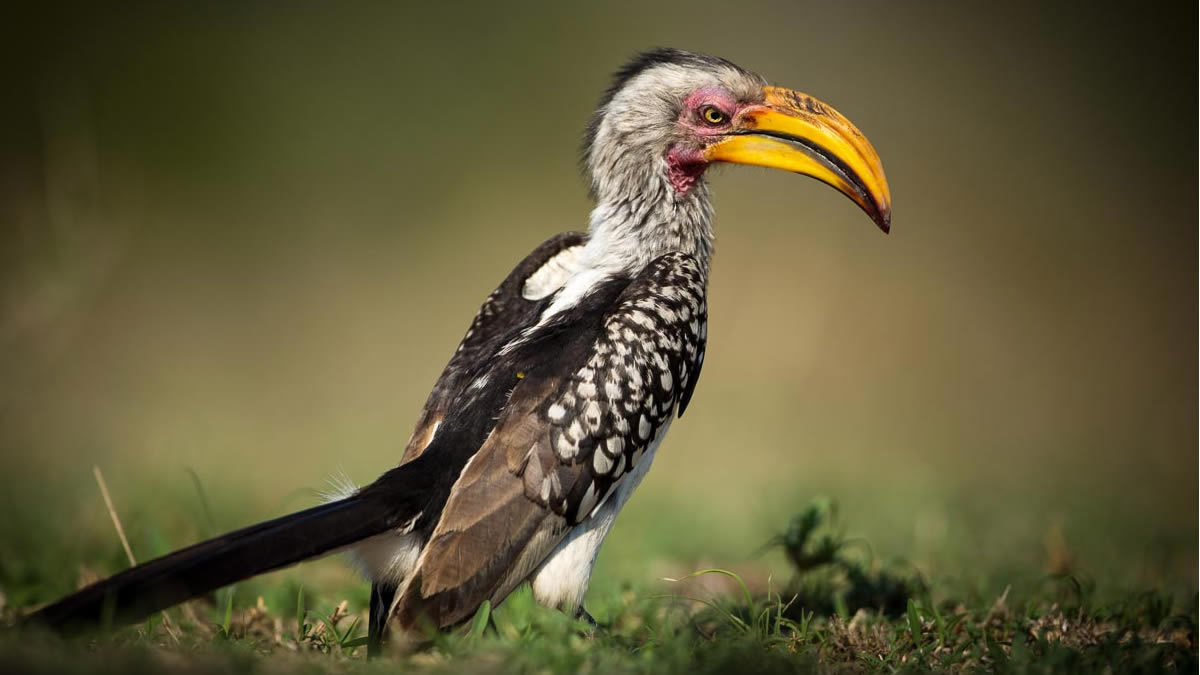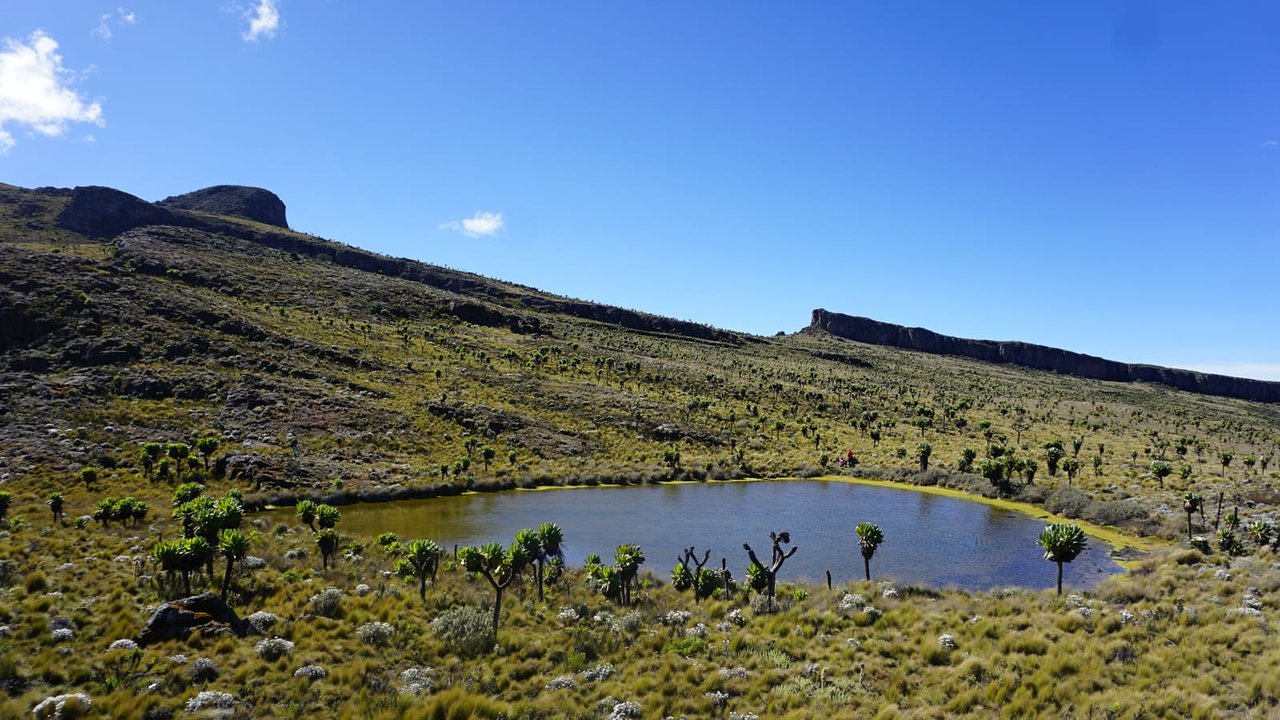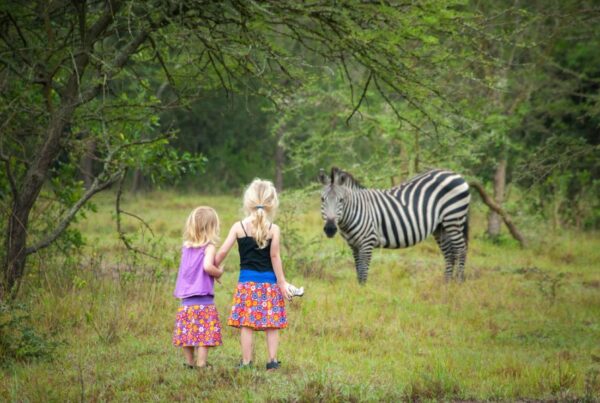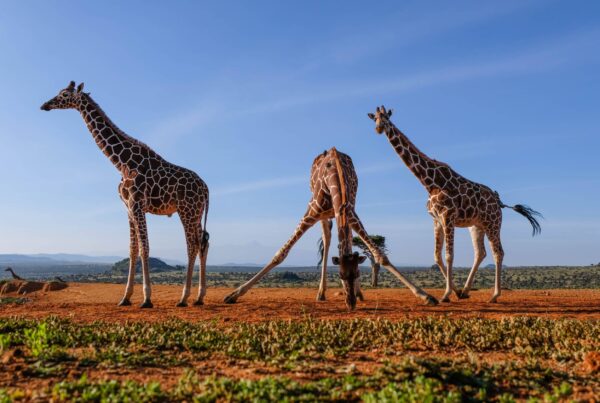Flora and Fauna of Mount Elgon National Park
The Living Tapestry of Mount Elgon
Rising majestically along the Uganda-Kenya border, Mount Elgon National Park is a sanctuary of biodiversity, where life flourishes amid the remnants of one of Africa’s oldest volcanoes. Its slopes, carved by millennia of geological activity, host a rich mosaic of ecosystems—from dense montane forests and bamboo belts to moorlands and expansive grasslands. The park is not only a haven for nature enthusiasts but also a living laboratory for scientists, conservationists, and eco-tourists seeking to understand the delicate balance between environment, wildlife, and human activity.
To traverse Mount Elgon is to encounter life in its myriad forms: towering trees dripping with moss, streams alive with frogs and insects, elephants seeking salt in subterranean caves, and rare birds soaring above the caldera rim. Every step reveals intricate relationships, adaptations, and interactions that define the mountain’s flora and fauna. Understanding this diversity enhances appreciation of the park not merely as a scenic destination but as an intricate ecological system.
This article delves into the botanical and zoological richness of Mount Elgon National Park, exploring the unique species, ecological zones, and conservation challenges that make it a cornerstone of Uganda’s natural heritage.
The Botanical Wealth of Mount Elgon
Montane Forests: Verdant Complexity
The lower slopes of Mount Elgon are cloaked in montane forests, which serve as vital reservoirs of biodiversity. These forests are characterized by towering trees, dense undergrowth, and a complex web of life. Tree species such as Newtonia, Maesopsis, and Syzygium dominate the canopy, providing shelter and sustenance for countless bird, mammal, and insect species. Mosses and lichens cover trunks and branches, creating a soft, almost otherworldly atmosphere that shrouds the forest floor in muted green light.
Underneath the canopy, ferns and shrubs thrive, creating microhabitats for amphibians and small mammals. These montane forests play a critical ecological role, maintaining soil stability, regulating water flow, and capturing carbon, thereby mitigating climate change. From a photographic perspective, the interplay of light and shadow within these forests offers endless opportunities for dramatic and intimate compositions.
Bamboo Belts: Natural Engineering Marvels
As elevation increases, bamboo zones emerge, marking a transition from dense forest to the open moorlands. Bamboo in Mount Elgon grows in dense thickets, often forming almost impenetrable walls that provide both food and shelter for wildlife. Elephants and primates are known to feed on bamboo shoots, and the dense clusters serve as breeding grounds for several bird species.
Bamboo belts also function as ecological buffers. Their deep root systems prevent erosion on the mountain slopes, and their rapid growth allows them to recover quickly from natural disturbances, demonstrating a resilience that few other plant species can match. For hikers and nature observers, walking through these bamboo corridors feels like entering a secluded and timeless world, where the wind through the stalks creates a symphony of natural sound.
Moorlands and Afro-Alpine Vegetation
Higher up, the landscape transforms into moorlands dominated by giant lobelias, groundsels, and heathers. These plants, unique to East Africa’s highlands, have adapted to extreme conditions of high UV exposure, fluctuating temperatures, and thin volcanic soils. The giant lobelia (Lobelia deckenii), in particular, is a striking botanical spectacle, with towering flower stalks that can reach several meters in height.
Moorlands are visually dramatic and ecologically vital. They act as catchment areas, regulating water flow into streams and rivers that descend the mountain, supporting both wildlife and human communities. These zones also host endemic plant species, meaning they are found nowhere else in the world, emphasizing Mount Elgon’s global ecological significance.
Faunal Diversity: Life on the Slopes
Mammalian Residents
Mount Elgon is home to a diverse assemblage of mammals, ranging from elusive forest dwellers to conspicuous grazers. The park’s elephants are particularly unique for their cave-visiting behavior, mining salt from the walls of Kitum and Kapkwai caves. This rare adaptation is found only in a few regions globally and provides a striking example of animal intelligence and ecological adaptation.
Primates such as red-tailed monkeys, black-and-white colobus monkeys, and baboons inhabit the montane forests, often visible along trails and in bamboo belts. These species contribute to seed dispersal and forest regeneration, underlining their ecological importance. Smaller mammals, including duikers, bushbucks, and hyraxes, inhabit both forest and moorland zones, often going unnoticed due to their secretive habits but playing essential roles in the mountain’s food web.
Predators are present as well, though in lower densities. Servals and genets roam the forest understory, while larger carnivores like leopards, though rare, continue to inhabit the region, ensuring natural ecological balance.
Avian Richness
Mount Elgon is a birder’s paradise, boasting over 300 species of birds. The diversity spans montane forest specialists, moorland dwellers, and migratory species. Among the most iconic is the lammergeyer, a rare bearded vulture that soars over cliffs, preying on bones and carrion. Its presence reflects the health of the mountain’s ecosystems, as it requires expansive territories and undisturbed habitats.
Other notable species include turacos with brilliant plumage, sunbirds flitting between flowering plants, and hornbills nesting in tree cavities. Birdwatchers visiting Mount Elgon can observe intricate behaviors, courtship displays, and feeding strategies, often guided by local experts who combine ecological knowledge with cultural insights.
Amphibians, Reptiles, and Invertebrates
The mountain’s streams, wetlands, and forest floors support a range of amphibians, including endemic frogs that are indicators of environmental health. Reptiles such as chameleons, geckos, and snakes inhabit various zones, each adapted to its specific microhabitat.
Invertebrates, though often overlooked, are extraordinarily diverse. Butterflies, moths, beetles, and ants contribute to pollination, decomposition, and nutrient cycling. Entomologists find Mount Elgon particularly intriguing for studying high-altitude adaptations and species interactions that cannot be observed elsewhere.
Ecological Interactions and Adaptations
The richness of Mount Elgon’s flora and fauna is a product of millions of years of evolution, where species have adapted to specific elevation zones, climate patterns, and geological formations. Elephants mining cave salt illustrate behavioral adaptation to nutrient scarcity, while plants like lobelias have evolved structural modifications to survive high UV radiation and nighttime freezing.
Pollination, seed dispersal, predator-prey relationships, and competition for resources create a dynamic equilibrium. Forests feed moorlands through water regulation, animals aid forests through seed dispersal, and human communities contribute through conservation initiatives. Understanding these interactions provides insight into why Mount Elgon is considered a keystone ecosystem of East Africa.
Conservation and Threats
Despite its ecological importance, Mount Elgon faces multiple conservation challenges. Deforestation for agriculture, human settlement encroachment, and illegal resource extraction threaten habitats. Climate change introduces additional pressures, altering rainfall patterns, affecting water availability, and influencing species distribution.
Efforts to mitigate these threats have been proactive. Community conservation initiatives, park ranger patrols, and environmental education programs are implemented to protect both species and habitats. Scientific research and ecological monitoring provide data for informed management, ensuring that Mount Elgon’s biodiversity is preserved for future generations.
Tourism and Educational Opportunities
Mount Elgon’s biodiversity is not only an ecological treasure but also an educational resource. Eco-tourism, bird watching, botanical studies, and wildlife photography are increasingly integrated into park management strategies. Guided hikes through different elevation zones allow tourists to learn about species adaptations, ecological roles, and conservation challenges.
Community involvement enhances these experiences, as local guides provide unique insights into both ecological knowledge and traditional practices that have coexisted with the environment for centuries. For visitors, these encounters transform leisure into learning, emphasizing that the mountain’s value extends beyond recreation to global ecological significance.
Flora and Fauna as a Cultural Lens
The mountain’s biodiversity is deeply entwined with the cultural practices of surrounding communities. Forests provide medicinal plants, bamboo is used for construction and crafts, and wildlife features in folklore and traditional beliefs. Understanding the flora and fauna of Mount Elgon is therefore inseparable from understanding the cultural landscape, illustrating how conservation and culture are mutually reinforcing.
For example, sacred groves are protected not only for spiritual reasons but also because they harbor endemic species. Community rituals often occur in proximity to ecologically sensitive areas, embedding environmental awareness within cultural norms. Visitors engaging with both nature and community gain a holistic appreciation of the mountain’s interconnectedness.
Practical Tips for Exploring Mount Elgon’s Biodiversity
Hiking through Mount Elgon to observe flora and fauna requires preparation. Early mornings and late afternoons are ideal for spotting animals, as cooler temperatures encourage movement. Binoculars and cameras enhance bird and mammal observation, while sturdy footwear is essential for traversing forest floors, bamboo corridors, and moorlands.
Guides familiar with the park’s ecosystems provide invaluable insights into species identification, behavior, and habitat. They also ensure that visitors minimize ecological disturbance, making each encounter ethical and safe. Whether the goal is photography, wildlife observation, or educational study, preparation, awareness, and respect for the environment are crucial.
Preserving the Mountain’s Living Legacy
The flora and fauna of Mount Elgon National Park represent one of East Africa’s richest and most complex ecosystems. From dense montane forests and bamboo thickets to expansive moorlands and teeming streams, the park is a showcase of evolutionary adaptation, ecological interdependence, and conservation significance. Its wildlife, ranging from elephants and primates to rare birds and endemic plants, reflects the mountain’s global importance as a biodiversity hotspot.
For travelers, scientists, and conservationists, Mount Elgon is more than a scenic destination—it is a living classroom, a sanctuary, and a symbol of the delicate balance between nature and human activity. Engaging responsibly with this biodiversity ensures that its ecological, cultural, and educational values endure.
To experience Mount Elgon’s unique flora and fauna while supporting conservation and local communities, it is recommended to book tours through WildHorn Africa, a trusted expert in curating unforgettable safaris and trekking adventures across Uganda. With their expertise, every visit becomes both an ecological journey and a meaningful contribution to preserving one of Africa’s most treasured landscapes.





 WildHorn Africa – Authentic and unforgettable tours across Africa, guided by local experts who know the land, wildlife, and culture best.
WildHorn Africa – Authentic and unforgettable tours across Africa, guided by local experts who know the land, wildlife, and culture best.


